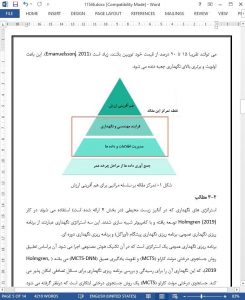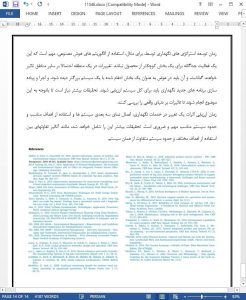Abstract
This paper analyses a case of maintenance planning that was researched in previous work and thereby improved using predictive maintenance with an artificial intelligence (AI) technique. In particular, the environmental implications are presented using a life cycle assessment. Using AI to develop maintenance planning could be a feasible method that can outperform other strategies. However, the results of this analysis show that the economic and environmental performance depends largely on the assessment setting. Therefore, applying appropriate system boundaries and functional unit is of major importance to avoid sub-optimization when maintenance planning is developed.
1. Introduction
A vast amount of data from products in the use phase is collected and stored. At the same time, a huge market potential exists for applying artificial intelligence (AI) techniques to the data to improve maintenance services. However, despite the data available and proven AI techniques, the industrial application of these is still in its infancy. By taking advantage of these opportunities, the capacity and competitiveness of industry and the business and environmental performance can be further enhanced.
6. Conclusions and future work This paper performed an environmental assessment of given maintenance strategies, one of which is based on an AI technique. It showed that there could be conflicting objectives between reducing cost and reducing environmental impact. The analysis presented in discussion with the cases from other sectors shows that important reasons are the objective used and the system boundaries applied. Furthermore, a product consists of several components, and there can be a variety of maintenance plans for one product. Hence, it is a system of systems (Abdoli et al., 2019). When developing maintenance strategies by, for instance, using AI algorithms, it is important that this is not an isolated activity for one smaller part of a product. Changes in one area will most likely affect other areas, and it should instead be seen as a part integrated into a larger system, and the implementation of new maintenance plans should be evaluated for the overall system. More research needs to be carried out with respect to this in order to investigate impacts on the real world.











